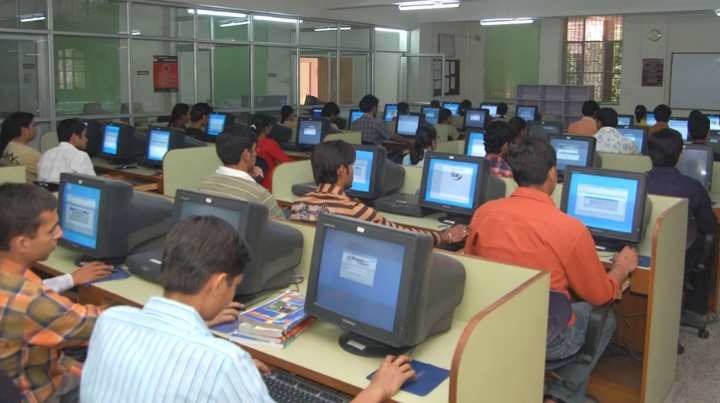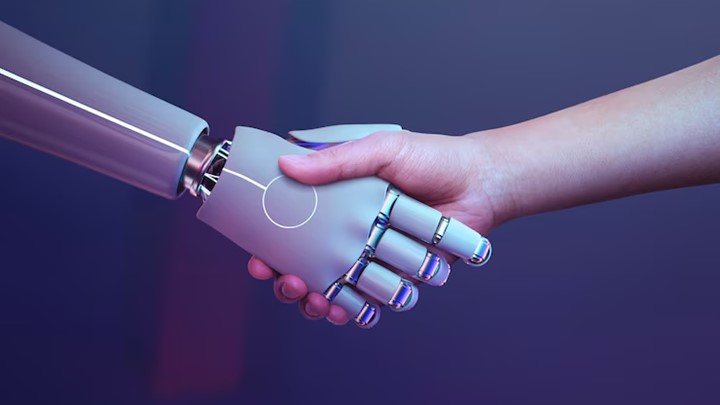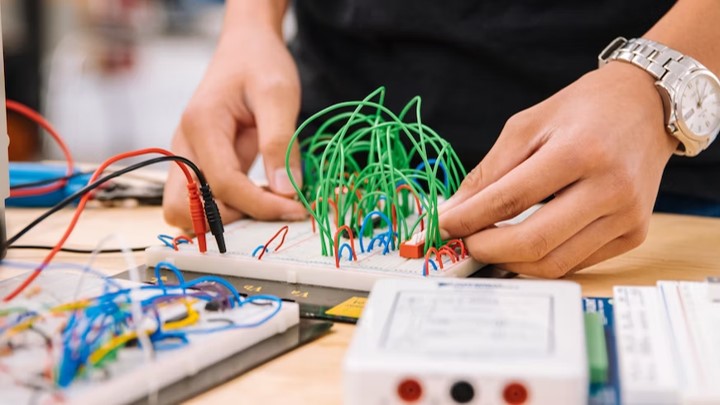Last Updated on April 22, 2023 by Uncle Pat Ugwu
Computer Science Education is defined as the science and art of teaching and learning computer science and computational thinking. It addresses the impact of computer science in society as a subdiscipline of pedagogy through its intersection with mathematics, psychology, philosophy, and natural sciences.
You may want to check our post on Cloud Computing in Education. This can give you insight with regard to the education dimension. Let us continue with our discussion.
When compared with other related disciplines like science education and mathematics education, computer science education (or simply computer education) is a much younger field. Although computation has been around for many centuries, digital computers were only around in the 1940s.
The study of computer science was typical as an elective course by other departments until some universities started to offer it as a course. Subsequently, Computer Engineering was later offered, and then Computer Education.
Computer Science vs Computer Engineering
Computer Science is the study of computers and computing processes, as well as their theoretical and practical applications. It employs the principles of mathematics, engineering, and logic.
Computer science has to do with algorithm formulation, hardware and software development, artificial intelligence, etc. Data structures and algorithm is termed to be the center-point of computer science, but there are other areas.
Computer Engineering is a part of the engineering that combines various fields of computer science and electronics engineering needed to develop computer hardware and software. It is concerned with hardware and software aspects of computing like the design of microcontrollers, microprocessors, personal computers, circuits, etc.
Computer Engineers usually undergo training in electronic/electrical engineering, software/hardware design, and their integration. Their work ranges from writing software and firmware for embedded microcontrollers to designing chips, sensors, circuit boards, operating systems, and so on.
Roles of Computer Educationist
Below are some roles for someone who studied Computer Science Education and wants to practice as a teacher:
- Planning of lessons and other activities that facilitate students’ acquisition of computer skills.
- Teaching in a way that develops students’ confidence and boosts their interest in the use of a computer.
- Designing and developing appropriate computer-based instructional materials.
- Observing and managing classroom dynamics.
- Maintaining hardware, downloading and updating software in Computer Laboratory.
- Conducting group computer training sessions and assignments.
- Coordinate and collaborate with other teachers on ICT matters.
- Training other teachers on how to use technological tools.
- Suggesting new educational tools to the management for adoption.
Fields or Areas of Computer Education
1. Data Analytics
Data analytics is the science of analyzing raw data in order to make conclusions about that information. The techniques and processes of data analytics have been automated into mechanical processes and algorithms that work over raw data for human consumption. Data analytics help a business optimize its performance.
A graduate of computer education can acquaint him or herself with the skills required for data analysis in order to study and analyze educational progress and issues.
2. Web & Mobile App Development
Web development is the work involved in developing a Website for the Internet or an intranet. It can range from developing a simple single static page of plain text to complex web applications, electronic businesses, and social network services.
Mobile app development is the act or process by which a mobile app is developed for mobile devices, such as personal digital assistants, enterprise digital assistants, or mobile phones. … As part of the development process, mobile user interface (UI) design is also essential in the creation of mobile apps.
3. Graphic Design & Infographics
Graphic design is a craft where professionals create visual content to communicate messages. By applying visual hierarchy and page layout techniques, designers use typography and pictures to meet users’ specific needs and focus on the logic of displaying elements in interactive designs, to optimize the user experience.
An infographic is a collection of imagery, charts, and minimal text that gives an easy-to-understand overview of a topic. Here are some of the free graphic design tools you can start with.
4. Video Editing & Animation
Video editing is the manipulation and arrangement of video shots. It is used to structure and present all video information, including films and television shows, video advertisements, and video essays.
Animation is a method of photographing successive drawings, models, or even puppets, to create an illusion of movement in a sequence.
5. Human-Computer Interaction
Human-computer interaction (HCI) is a multidisciplinary field of study focusing on the design of computer technology and, in particular, the interaction between humans (the users) and computers. While initially concerned with computers, HCI has since expanded to cover almost all forms of information technology design.
6. Mathematical Foundations
Foundations of mathematics are the study of the philosophical and logical and/or algorithmic basis of mathematics, or, in a broader sense, the mathematical investigation of what underlies the philosophical theories concerning the nature of mathematics.
7. Educational Technology
Educational Technology can be defined as the theory and practice of utilizing new technological media and devices to develop and implement innovative educational approaches in order to enhance learning and student achievement.
8. Information Technology (IT)
Information technology is the study, design, development, implementation, support, or management of computer-based information systems – particularly software applications and computer hardware. IT workers help ensure that computers work well for people.
9. Cybersecurity
Cybersecurity is the practice of defending computers, servers, mobile devices, electronic systems, networks, and data from malicious attacks. It’s also known as information technology security or electronic information security.
10. Game Development
Game Development is the art of creating games and describes the design, development, and release of a game. It may involve concept generation, design, build, test and release. While you create a game, it is important to think about the game mechanics, rewards, player engagement, and level design.
It should be noted that the applications of artificial intelligence are being used to power most of these disciplines
A Computer is a Tool
Computer as a tool is used to achieve organizations or business goals. It helps to make work easier and to improve productivity.
Just as computers can be used to enhance learning processes in education, other fields of human endeavors use them to facilitate their work. This does not make computer science not to be professional course to study.
Final Thoughts
Computer Science Education aims at how the best computers can be taught at all levels of education to help society learn and apply computer skills in their chosen field of work.
Someone who studied computer education in the faculty of education of a university or in a college of education must not become a classroom teacher but can work in different areas of computer education as stated above.
Please use the comment section below to ask your question or share your view. Consider joining our Facebook Group to meet with other great teachers who are interested in EdTech. Also, subscribe to this blog by email and through our YouTube and Telegram Channels to receive regular EdTech and DigiLit updates.







